A dog’s sense of smell is truly extraordinary. While humans have about 6 million scent receptors in our noses, dogs have up to 300 million, and the part of their brain devoted to analysing smells is about 40 times larger than ours, proportionally.
When your dog sniffs, they’re not just gathering information about the environment or processing data — they’re engaging a powerful internal system that helps them feel grounded and calm.
Why sniffing is essential for wellbeing
Stress relief
When a dog uses their nose, it triggers the parasympathetic nervous system—the part responsible for rest and relaxation. This lowers heart rate, eases tension, and helps dogs self‑regulate. Sniffing also reduces cortisol levels. A study found dogs allowed extended sniffing sessions showed fewer signs of stress and arousal.1
Mental stimulation
Sniffing is highly enriching, demanding focus and problem‑solving. Using their nose to track a scent or locate hidden food engages their brain in a way that simple physical exercise alone cannot.




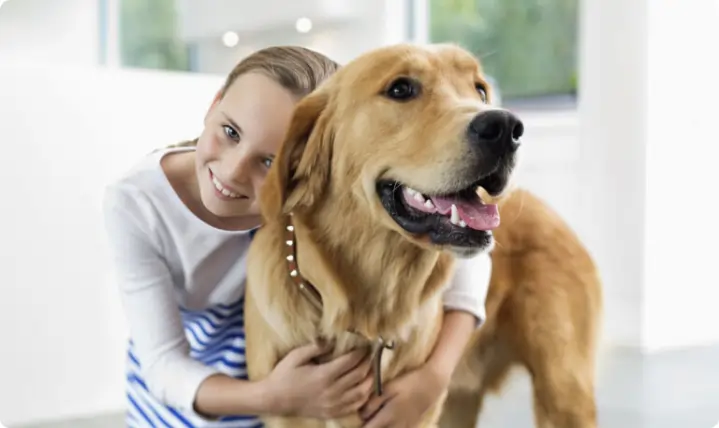

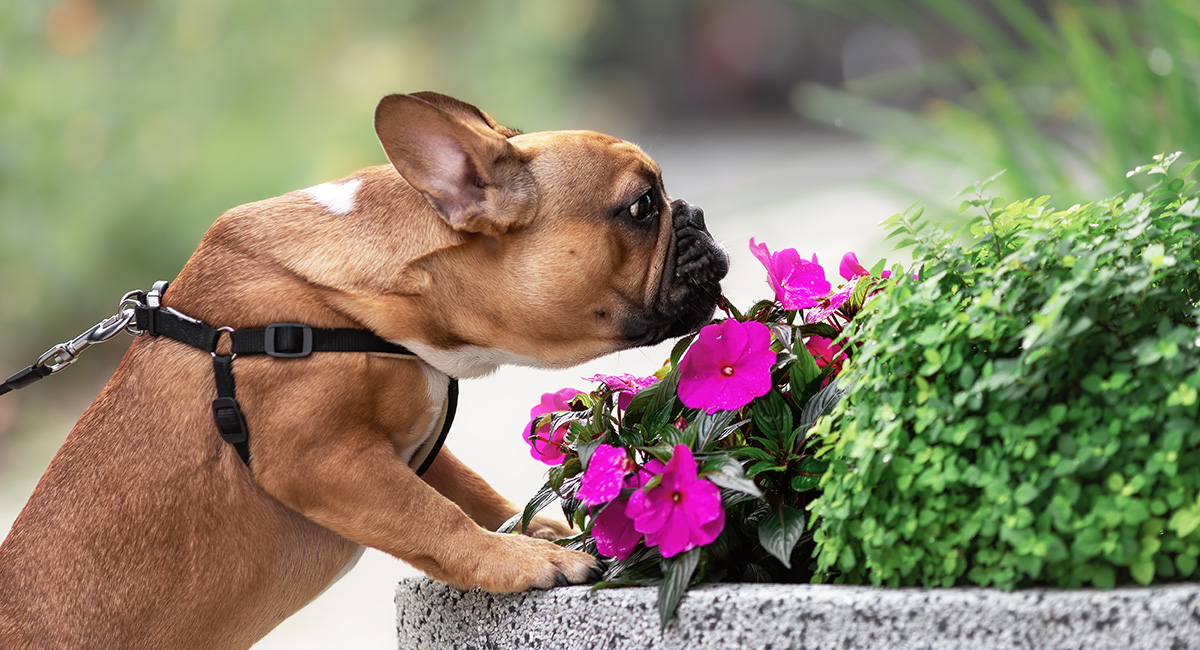
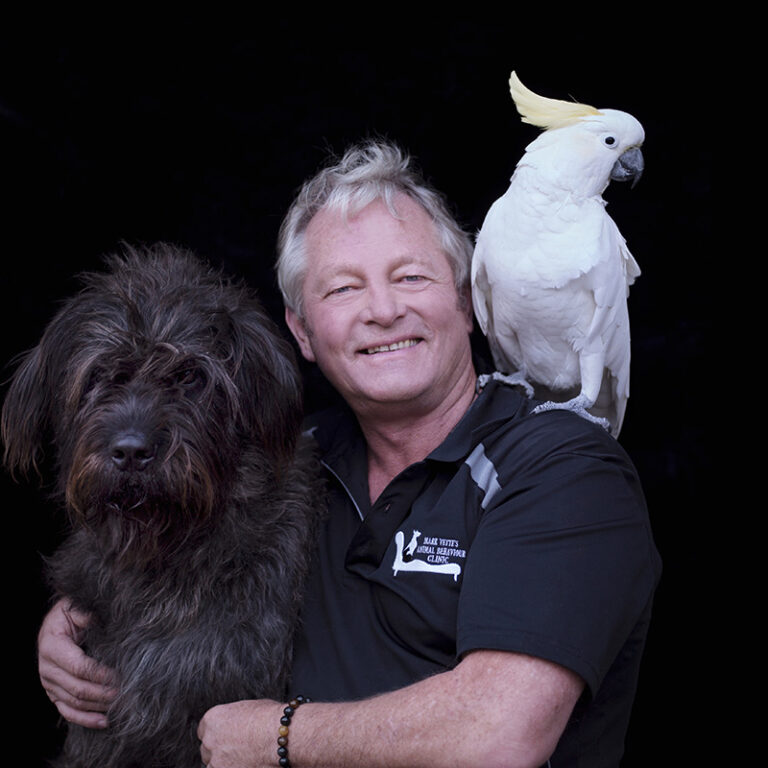
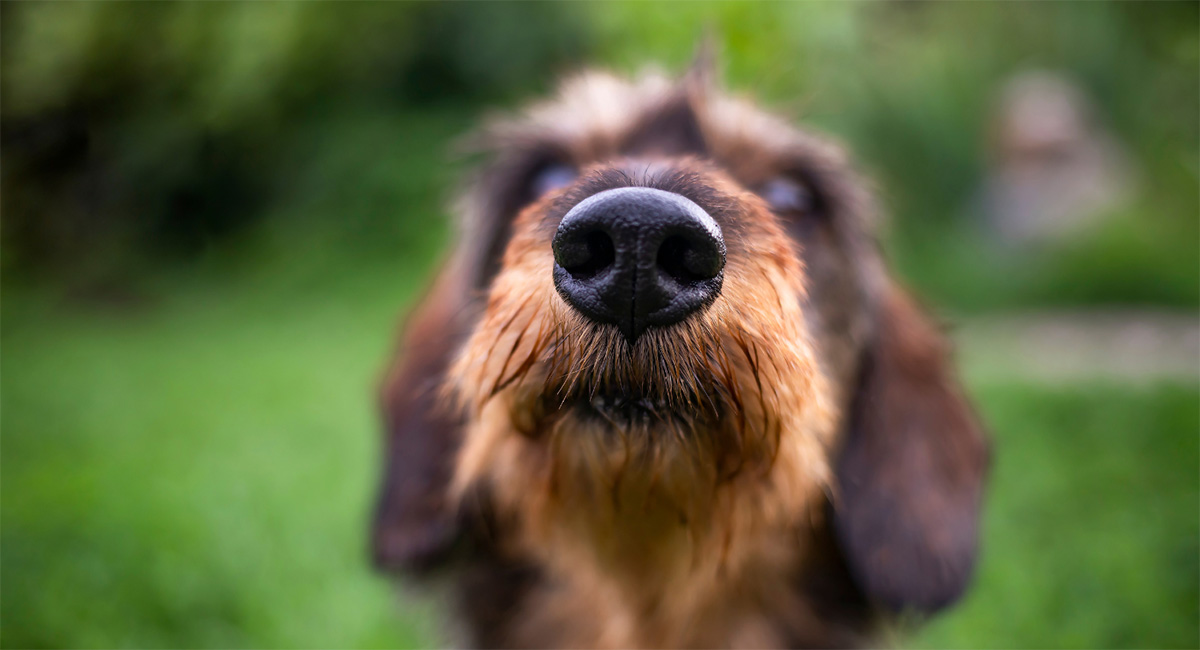
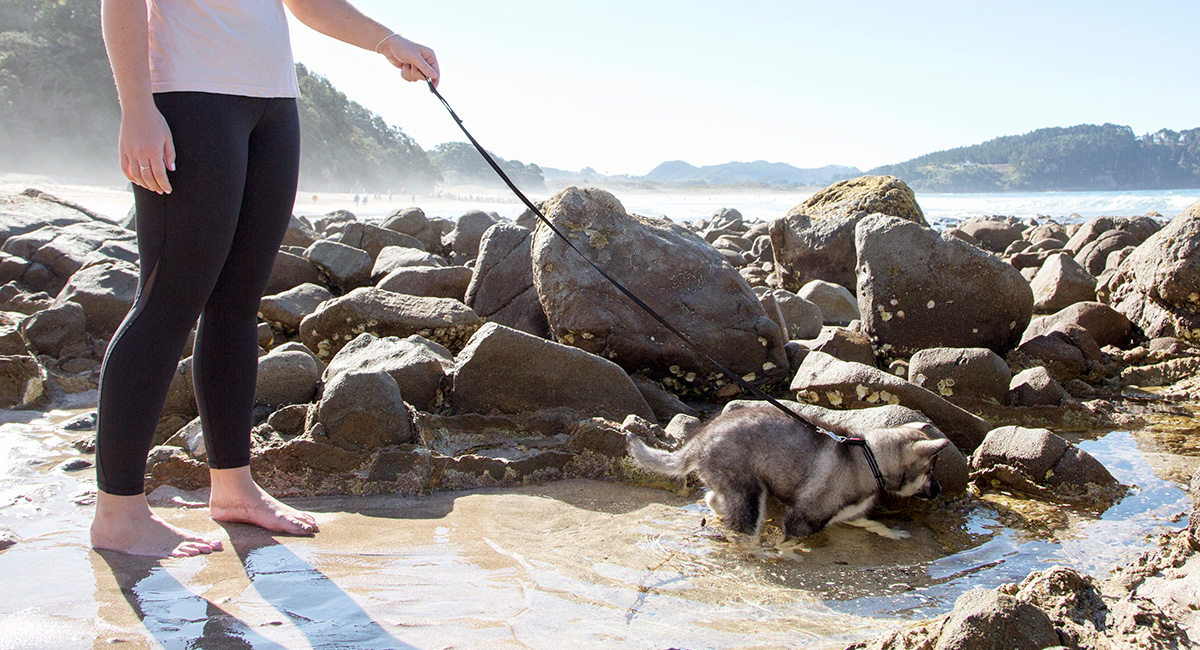

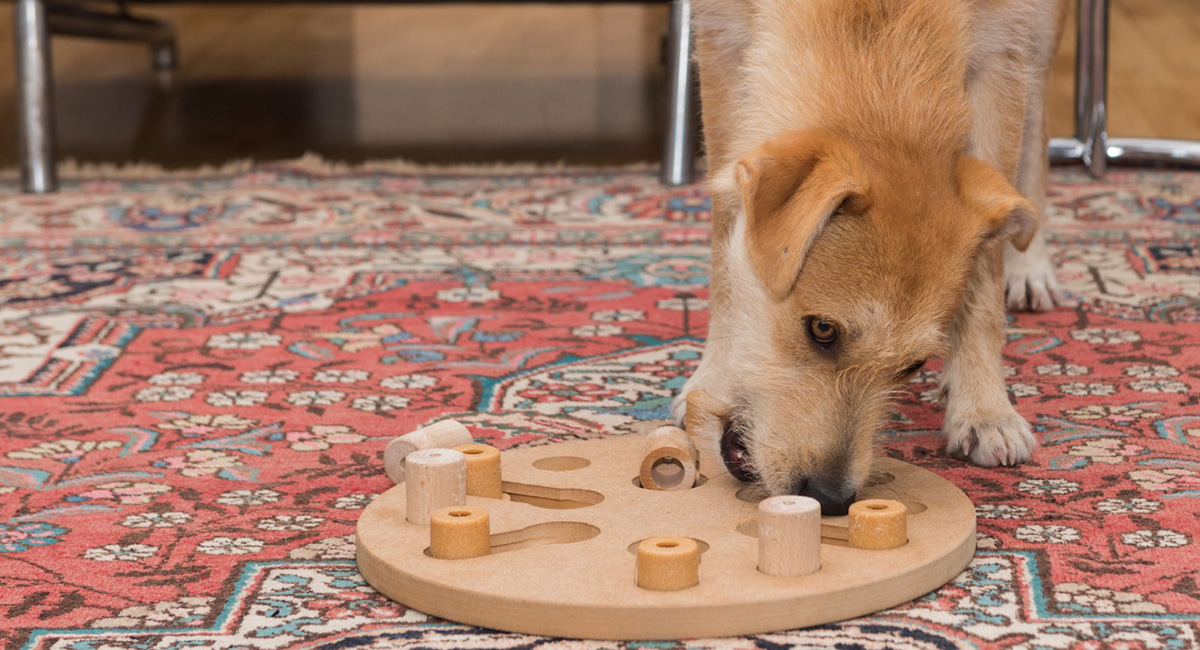
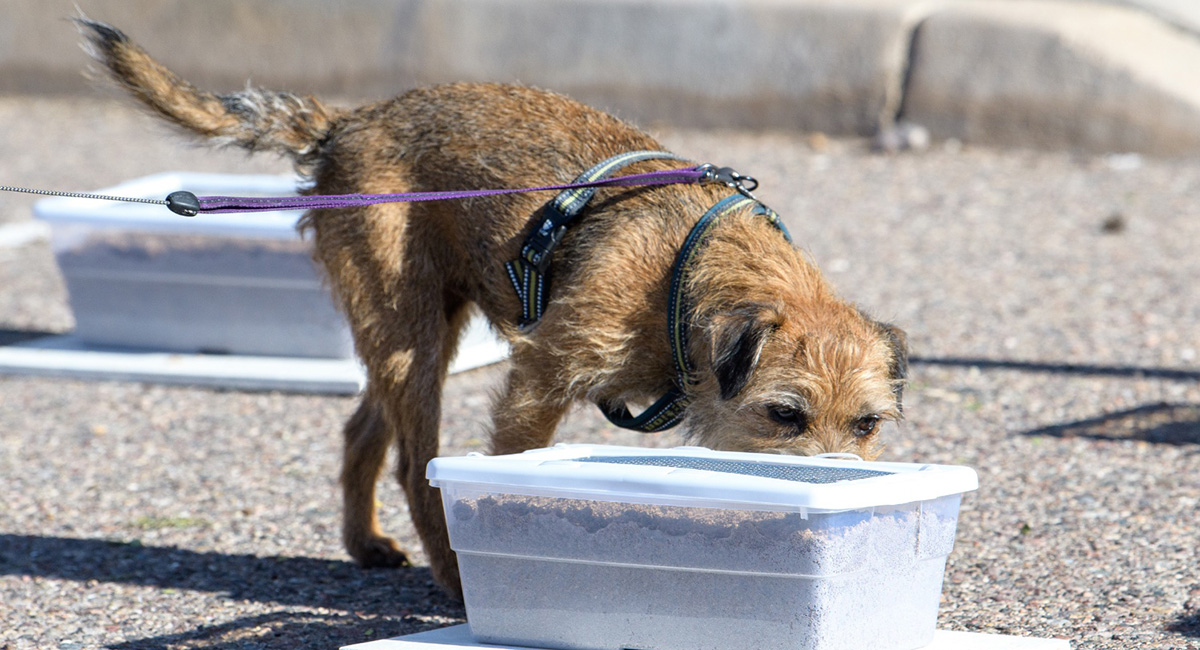
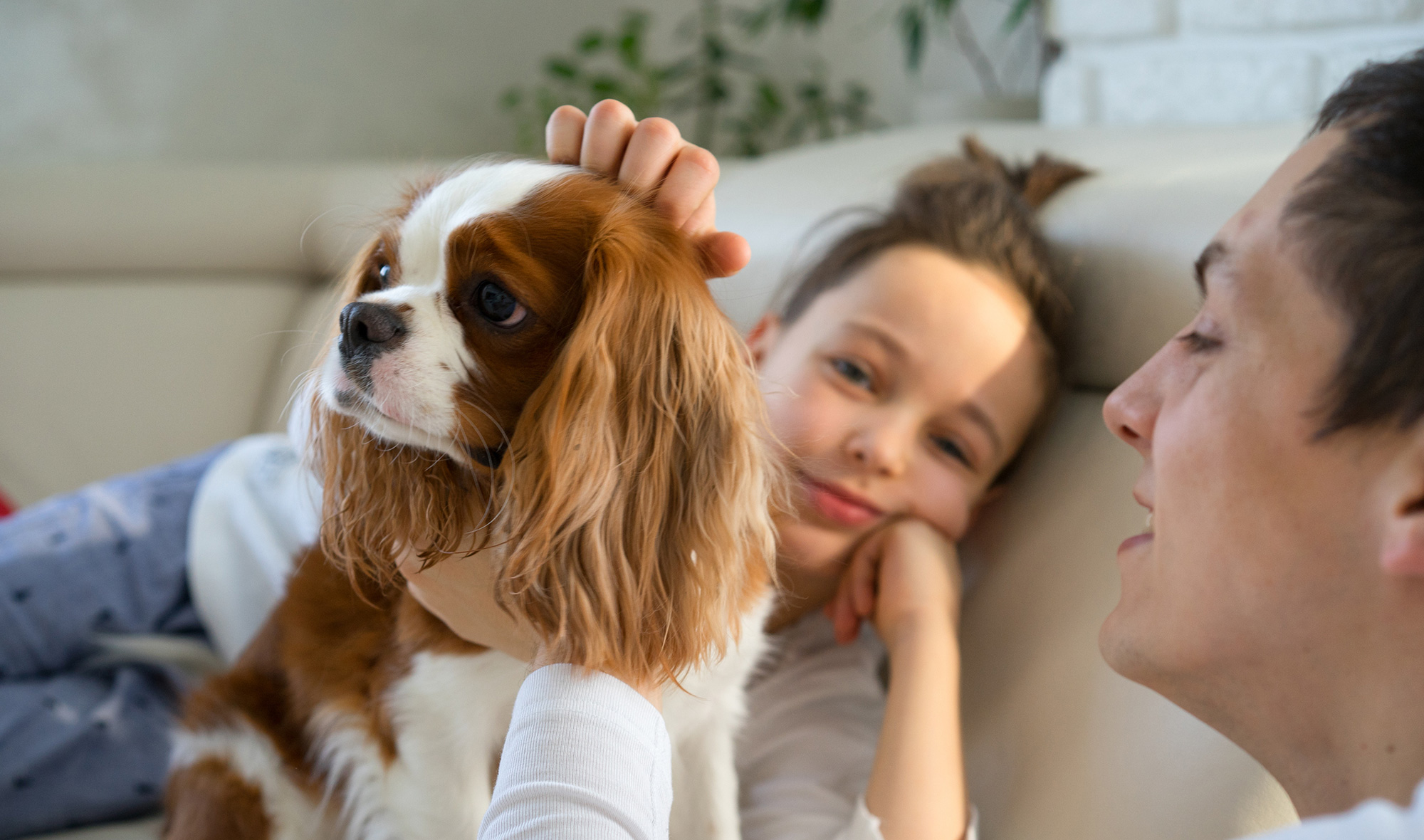
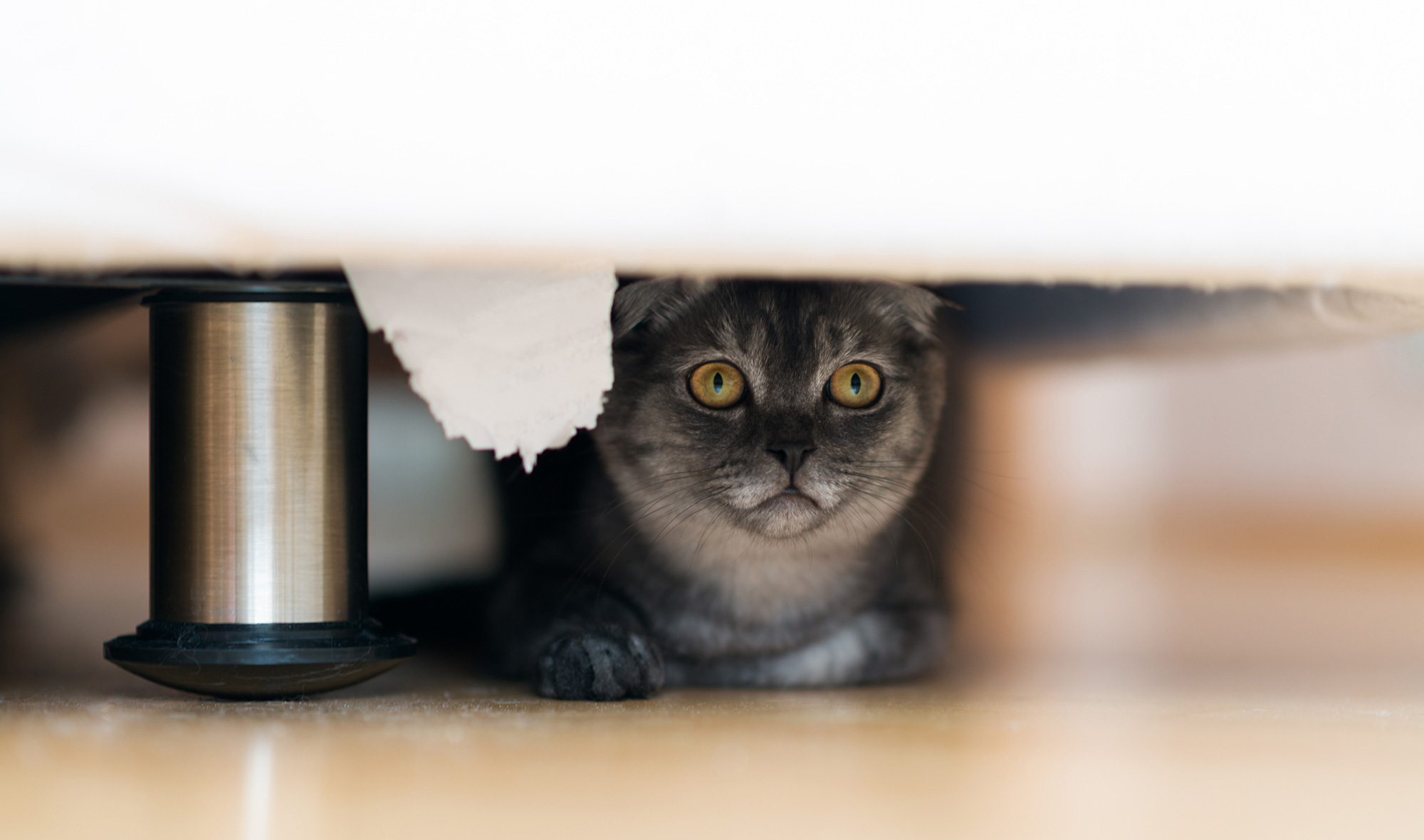




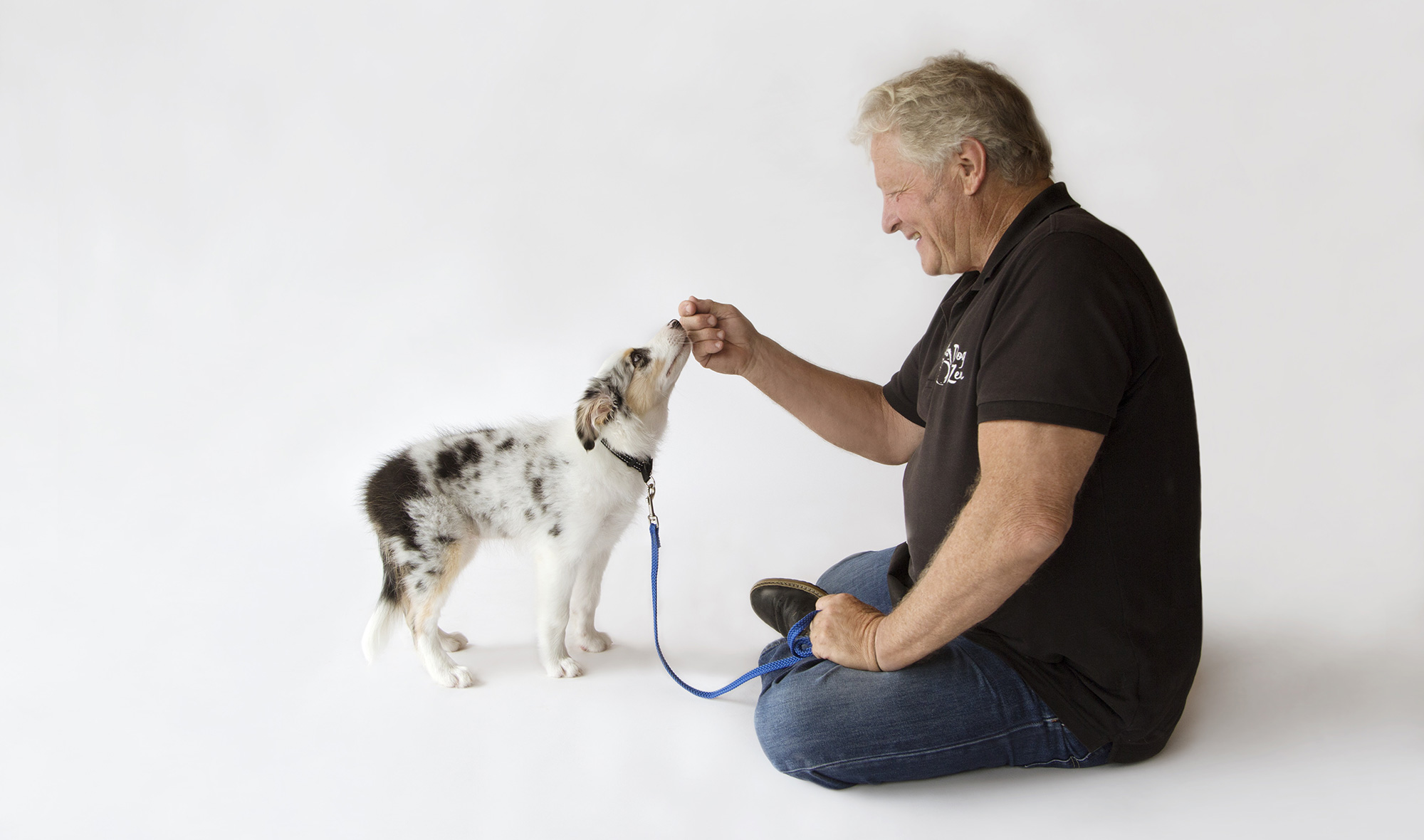
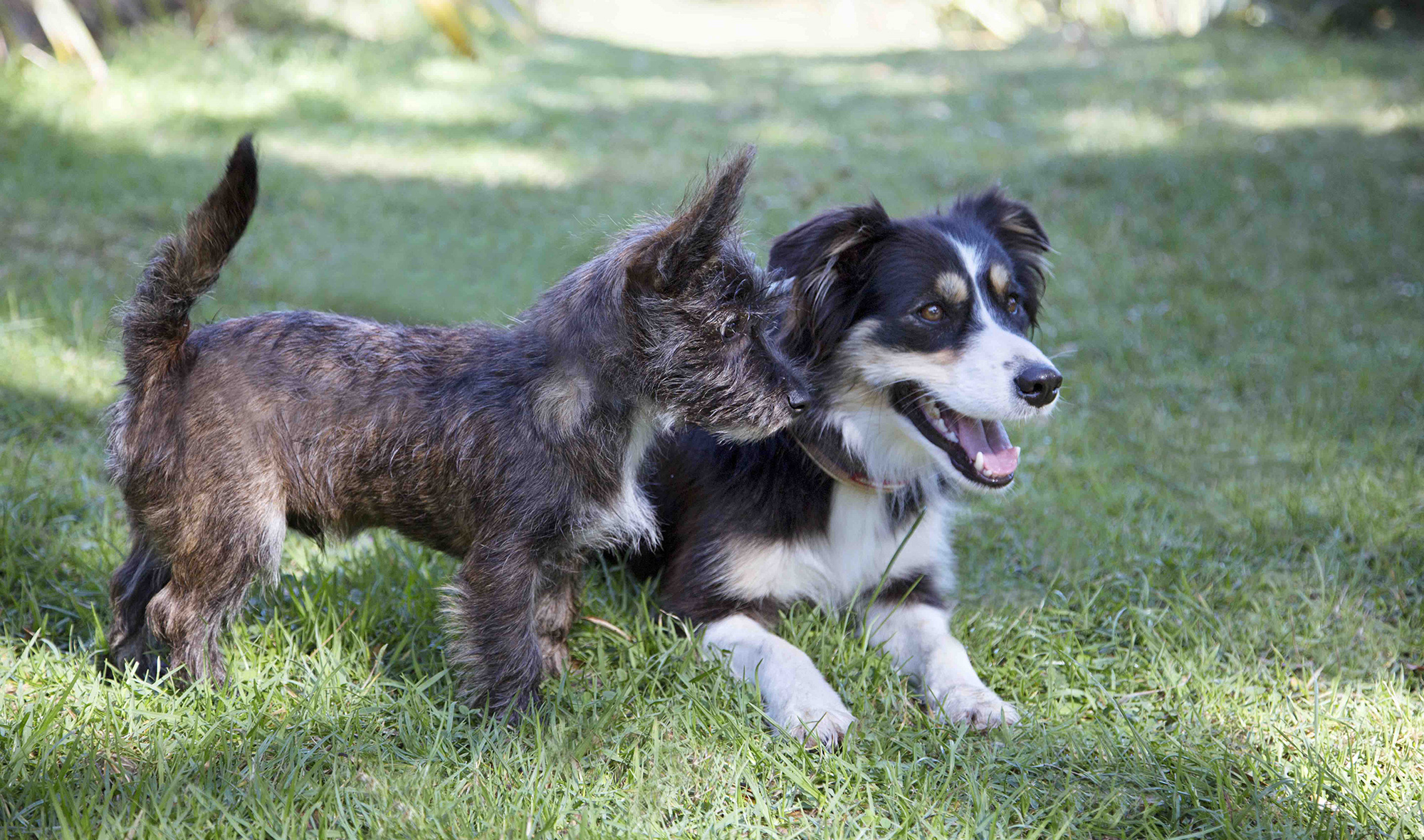

Community